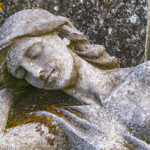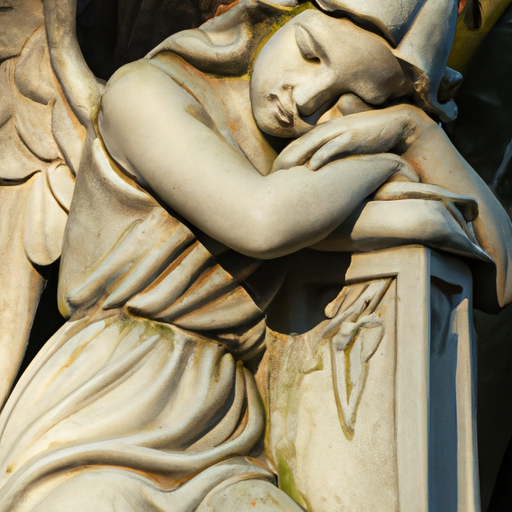Artistic Memorials: Honoring Lives through Creative Expression
Artistic memorials have long served as a powerful means of honoring and commemorating lives. Through the expression of art, these memorials not only pay tribute to individuals but also provide solace and healing to those left behind. From sculptures and murals to poetry and music, artistic memorials offer a unique and enduring way to remember and celebrate the lives of loved ones.
The Power of Art in Remembering
Art possesses an inherent ability to evoke emotions and capture the essence of a person’s life. It transcends language barriers, allowing individuals from different cultures and backgrounds to connect on a deep and meaningful level. Artistic memorials embody this power, serving as a manifestation of the human spirit and a celebration of life’s beauty.
In my own experience, I witnessed this transformative power when I visited the 9/11 Memorial and Museum in New York City. The memorial’s centerpiece, “Reflecting Absence,” features two massive pools in the footprints of the Twin Towers, surrounded by bronze panels inscribed with the names of the victims. The tranquil sound of cascading water and the solemn atmosphere created by the memorial’s design left an indelible impression on me. It was a poignant testament to the resilience of the human spirit and a collective remembrance of the lives lost on that fateful day.
A Multitude of Artistic Expressions
Artistic memorials come in various forms, each offering a unique way to remember and honor the departed. Sculptures and statues, such as the iconic “Statue of Liberty” or the “Christ the Redeemer” in Rio de Janeiro, serve as towering symbols of freedom and hope. These artistic creations not only commemorate individuals but also become landmarks that inspire and unite communities.
Another powerful form of artistic memorial is the creation of murals. These large-scale paintings often adorn public spaces and buildings, allowing the memories of individuals to become an integral part of the fabric of a community. The murals serve as a reminder of the impact a person had on their surroundings and encourage dialogue and reflection.
The Healing Power of Art
Artistic memorials not only celebrate lives but also provide solace and healing to those grieving. The act of creating or engaging with art allows individuals to process their emotions and find comfort in the shared experience of loss. Art therapy, in particular, has been recognized as an effective tool for grief counseling, providing an outlet for expression and a means to cope with overwhelming emotions.
During my visit to the Holocaust Memorial in Berlin, I witnessed the profound impact of art in the healing process. The memorial consists of 2,711 concrete slabs of varying heights, creating a labyrinthine space that induces a sense of isolation and reflection. As I walked through the memorial, the abstract nature of the installation allowed me to project my own emotions onto the space. It served as a reminder of the atrocities committed during the Holocaust, but also as a testament to the resilience of the human spirit.
The Importance of Preservation and Accessibility
Preserving and maintaining artistic memorials is crucial to ensuring their long-lasting impact. These memorials serve as repositories of collective memory, allowing future generations to learn from and connect with the past. Efforts must be made to protect these installations from deterioration and vandalism, and to provide accessibility for all to experience and engage with them.
In summary, artistic memorials hold a profound significance in our society. Through various forms of art, they provide a means to remember, honor, and heal. These memorials serve as powerful reminders of the impact individuals have had on our lives and communities. They remind us of our shared humanity and the importance of cherishing and celebrating the lives we have lost.
Important Points:













